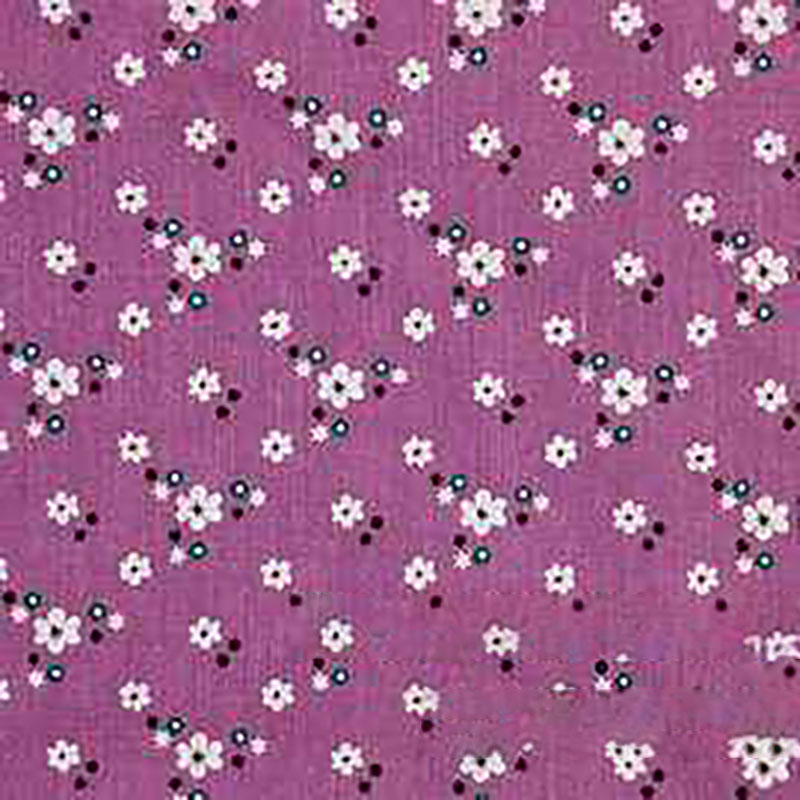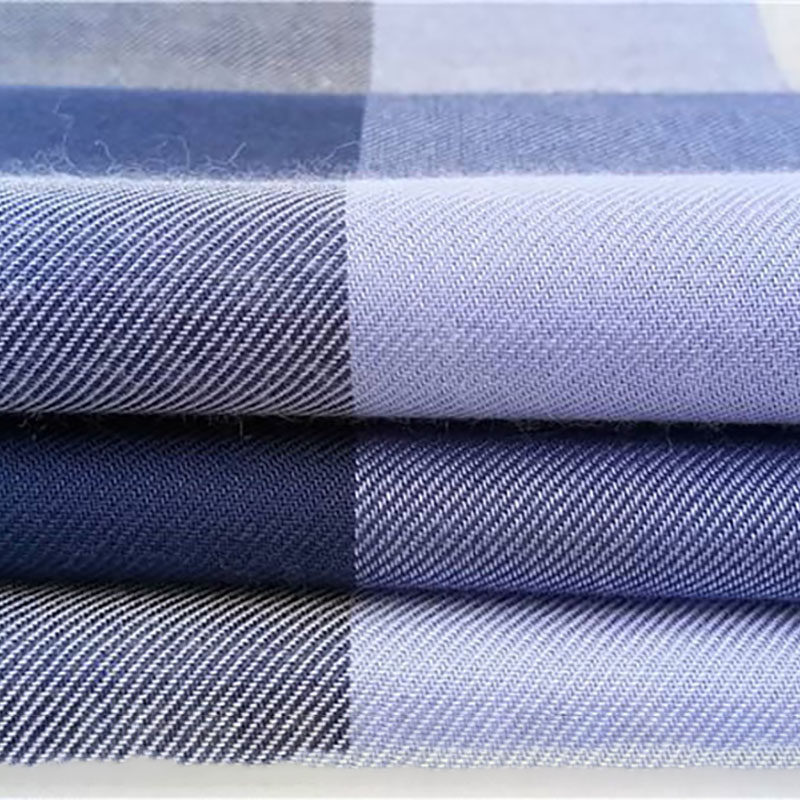
In today's highly competitive market, user experience has become one of the most important factors for business success. Especially in the textile industry, the choice of fabric not only affects the appearance and function of the product, but also profoundly affects the user experience. This article will start from the characteristics of different fabric materials and analyze how they interact with user experience.
Different fabric materials have their own unique properties, which directly affect the design direction of the product. For example, natural fibers (such as cotton and linen) usually have good breathability and comfort, while synthetic fibers (such as polyester) are good at wear resistance and easy washing. Designers need to consider these factors comprehensively to achieve the best user experience.
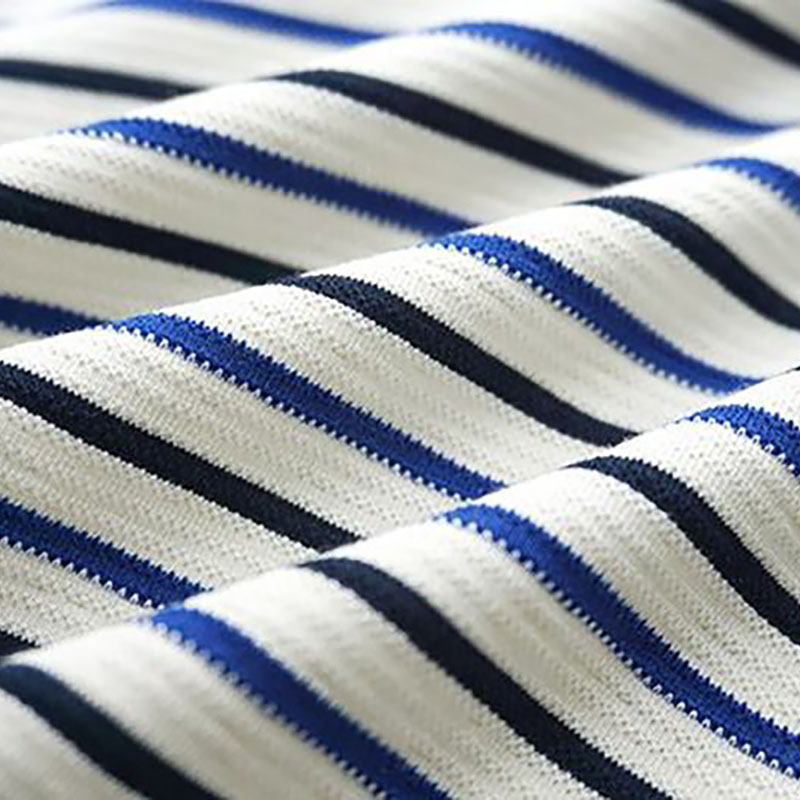
User experience not only involves the use process of the product, but also includes purchase decisions and brand loyalty. Studies have shown that high-quality user experience can effectively improve customer satisfaction, thereby increasing repurchase rates and word-of-mouth communication. The comfort, touch and functionality of fabrics are all key factors affecting user experience.
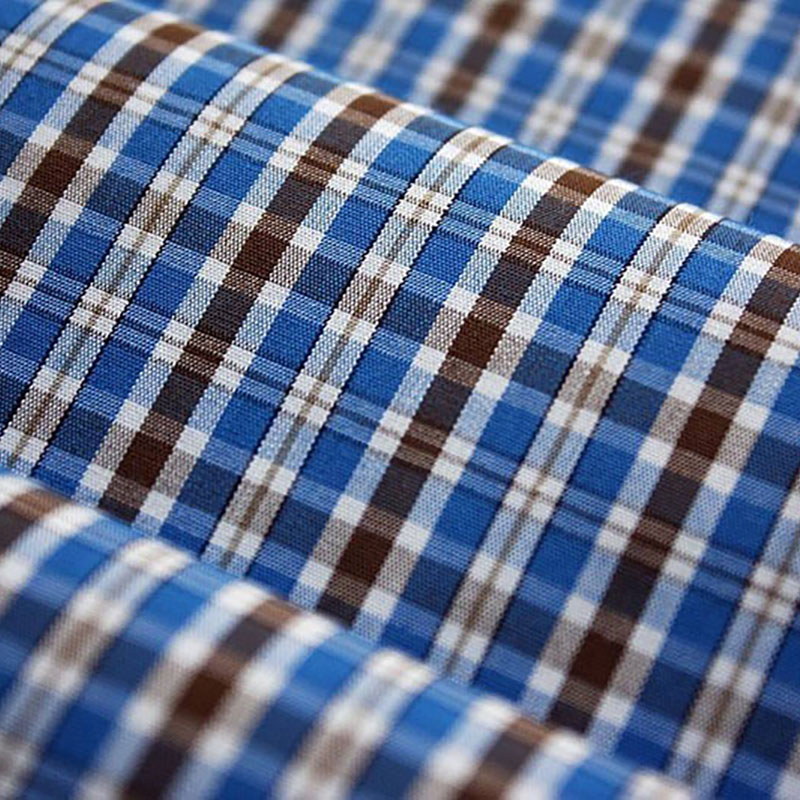
In the textile industry, product differentiation often relies on the uniqueness of materials. While ensuring a superior user experience, the choice of materials will also affect the product pricing strategy. High-quality materials can enhance the brand image and gain market recognition, thereby enhancing the competitiveness of the enterprise.
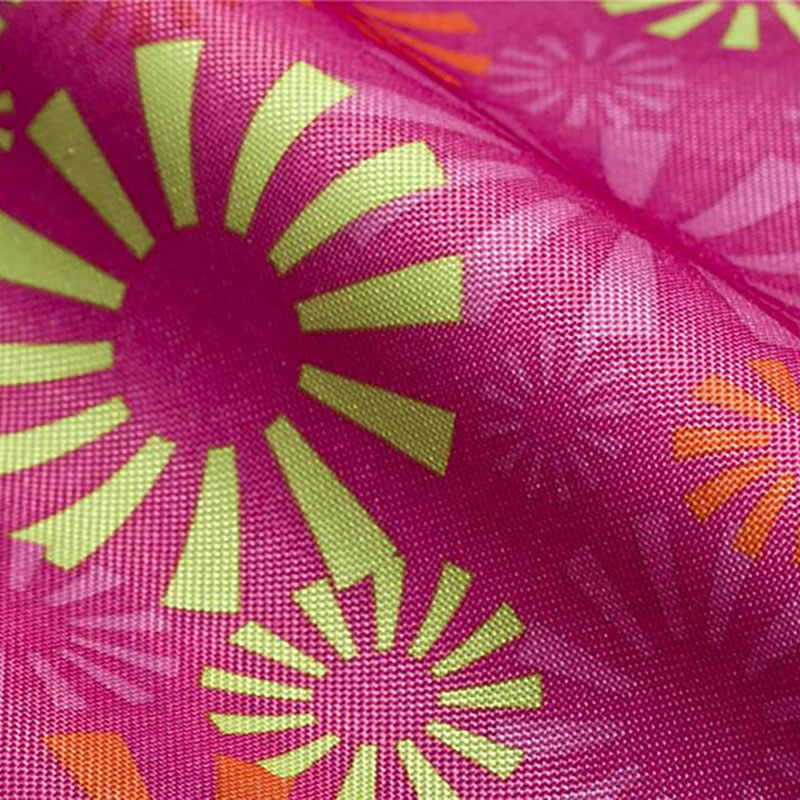
In summary, fabric selection plays a vital role in user experience. Designers and manufacturers should have a deep understanding of the characteristics of different materials, combine market demand and user expectations, and formulate corresponding product design strategies to achieve higher user satisfaction and market competitiveness.
